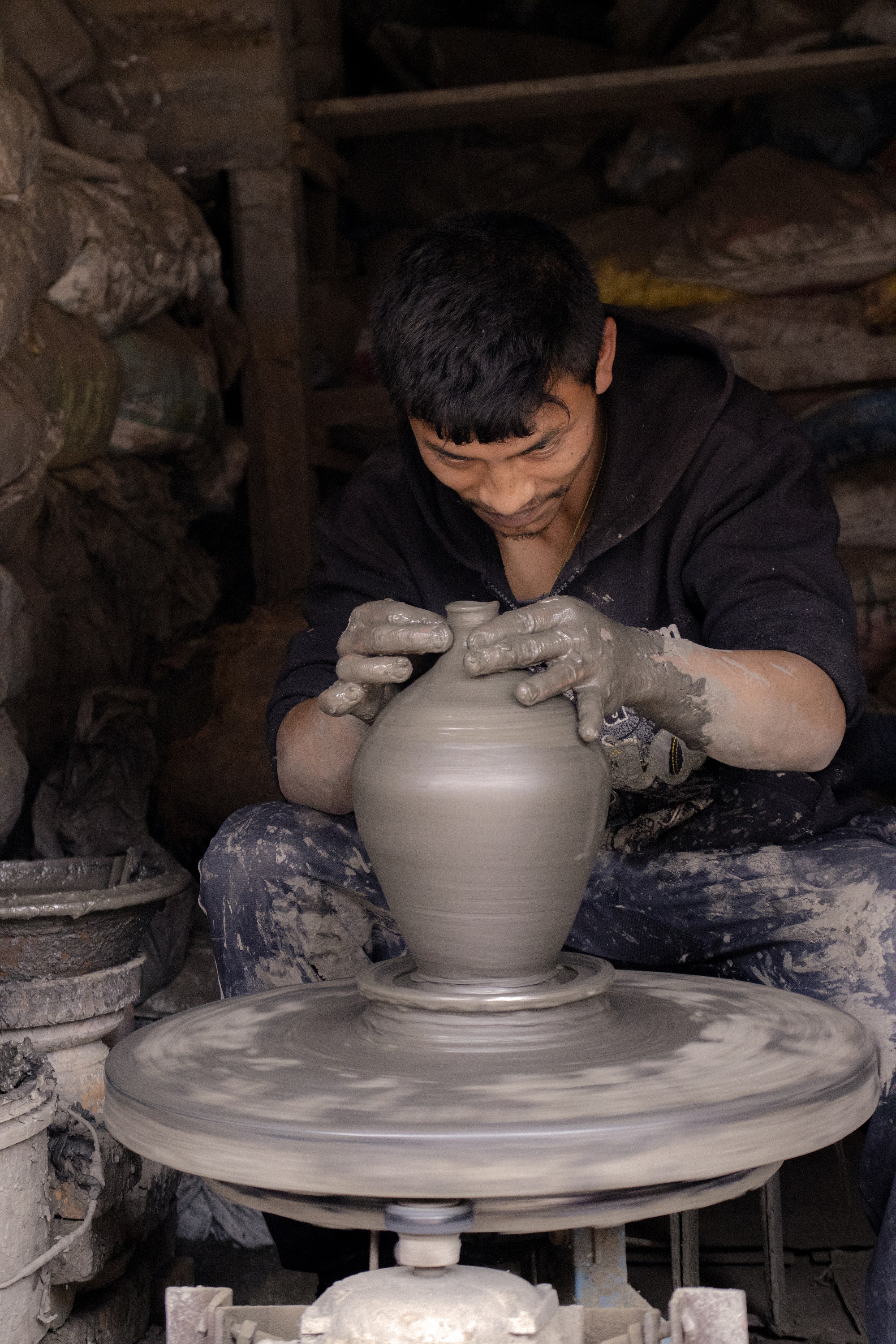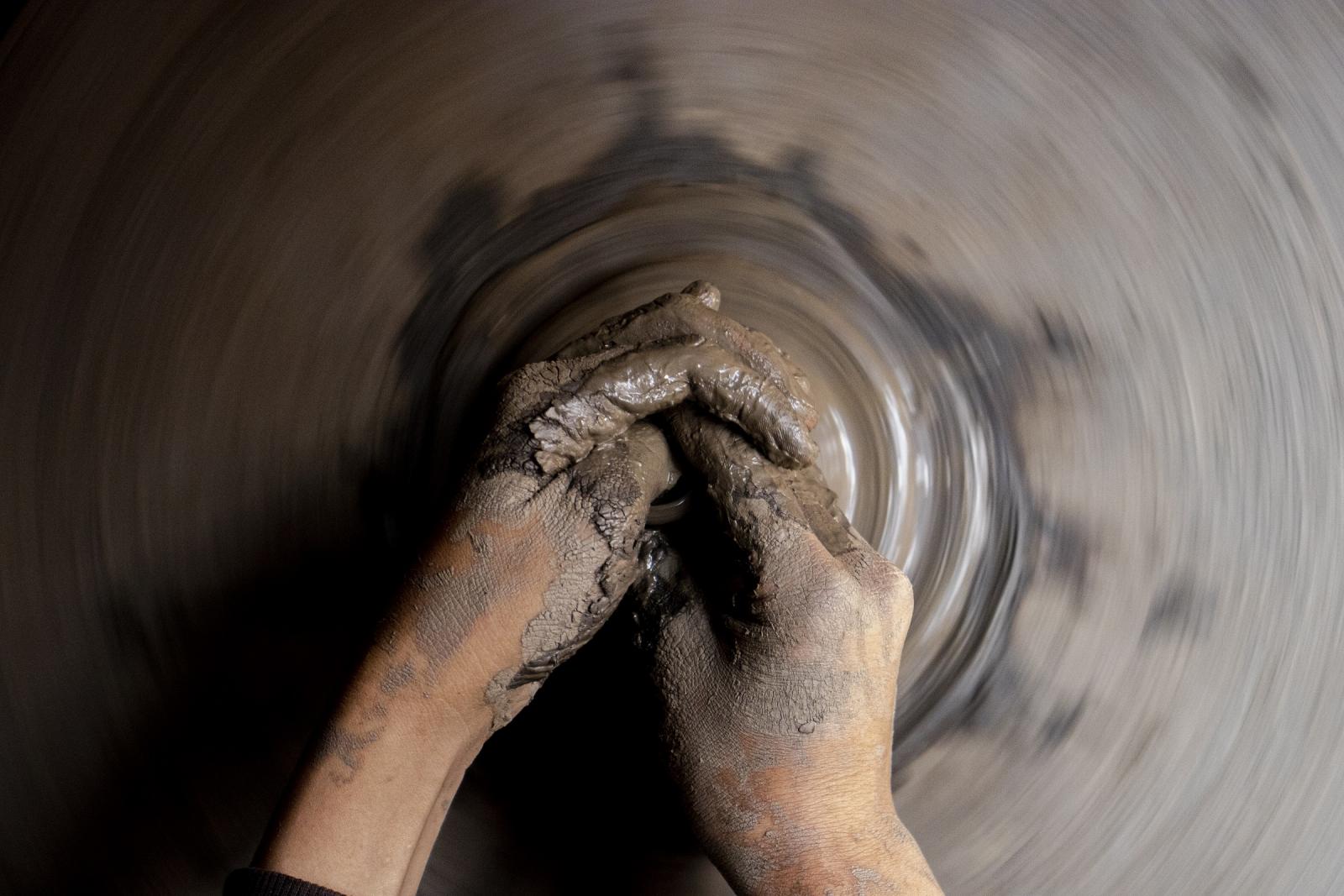Forgotten Legacy of Nepalese Clay
In this article, we will be unearthing one of the cultures that seem to be vanishing, that of earthenware (Clay items) which contains lots of advantages in human civilization, with the aim of reintroducing to assimilating into today's life.

In Nepalese households, clay vessels and utensils were often used in unique ways beyond their intended purposes. For example, a broken clay pot could be reused as a planter, or a cracked cup could be used as a pen holder. Clay vessels were also used for traditional rituals and ceremonies, such as during weddings and religious festivals. Clay vessels and utensils in Nepalese households serve a variety of purposes. For example, earthenware pots are used for cooking, storing food and water, and serving meals. Clay pots are known to retain the natural flavors and nutrients of the food, while also adding a unique earthy taste. Cooking in clay pots requires less oil and water, making the food healthier and more nutritious, while keeping it warm and moist.
Clay pots are said to keep the water cool during the hot summer months, while also providing health benefits such as detoxifying the body and reducing acidity. The porous nature of clay allows water to evaporate, keeping it cool even in hot temperatures. Additionally, clay pots have been found to have natural anti-bacterial properties, which can help to purify the water and improve its quality. But with all of these Nepalese clay artisans face several challenges in the production and sale of their wares. Competition from mass-produced and cheaper alternatives, lack of access to modern technology and resources, and a dwindling interest in traditional crafts are some of the challenges faced by these artisans. These challenges have led to a decline in the production of traditional clay vessels and utensils. Over time, the use of Nepalese clay vessels and utensils has changed due to several factors. Modern materials and technology have greatly influenced the creation and usage of Nepalese clay pots and utensils. However, there has recently been a resurgence of interest in traditional crafts, which has resulted in the promotion of Nepalese pottery as a distinct and legitimate art form.
The revival of Nepalese clay artistry can help to preserve and promote the country's cultural heritage. This can be achieved by supporting local artisans and promoting their traditional crafts. Additionally, there is a need for greater awareness of the cultural significance of Nepalese pottery and its role in the country's history and identity. By supporting traditional pottery-making techniques, we can help to preserve and promote Nepalese culture and heritage for future generations. Moreover, the health benefits and unique taste and flavor of food and water stored and cooked in clay pots can also be enjoyed, making it a practical and valuable addition to modern homes.



